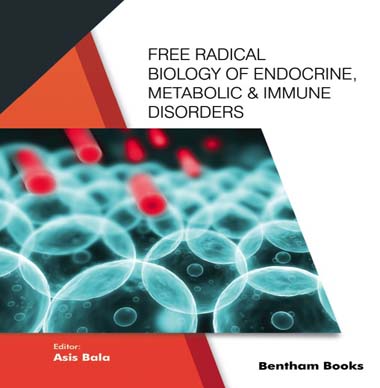
Abstract
Enzymes are catalysts adapted to function in biological systems. This review shows how chemical processes contribute to the adaptations. The catalyst is exemplified by the 2-oxoglutarate dehydrogenase complex irreversibly degrading a branch point metabolite 2-oxoglutarate at the crossroad of carbon and nitrogen metabolism. According to the key metabolic position and multienzyme structure, the complex exhibits rich regulation, demonstrating main principles governing the catalysis within metabolic network. First, the catalyst structure influencing its kinetics is changed through the enzyme-ligand interactions. The ligands may either participate in catalysis as coenzymes, substrates and products, or be allosteric effectors binding to regulatory sites. Allostery enables enzymatic responses to general cellular signals, transmitted by second messengers (Ca2+), adenine nucleotide phosphorylation status or redox potential. Secondly, different regulators may interact through the protein structure effecting synergistic or antagonistic relationships through combined conformational stabilization or competitive binding. The latter is supported by common structural elements, e.g. adenine moiety, present in a number of biologically essential molecules. Thirdly, cellular systems may control the enzymatic catalysis by posttranslational modifications which may either effect or disable catalysis. The inactivation may be used for protection of catalyst itself and/or surrounding medium under conditions of metabolic impairment.
Keywords: Lipoic acid, multienzyme complex, neurodegeneration, 2-oxoglutarate dehydrogenase, phosphorylation potential, redox regulation, thiamine deficiency, tricarboxylic acid cycle


























